The Complete Guide to Training Every Major Muscle Group (That Makes Sense)
Ever notice how your gym routine feels like you’re just randomly pulling and pushing things? Yeah, me too. However, Exercising Specific Muscle Groups is the secret to realizing the muscle-building gains you want.
Most people think working out means jumping on a treadmill or doing whatever that guy in the corner is doing with the massive weights. But here’s the thing: your body is way more complex than that, and it deserves better than a one-size-fits-all approach.
Before we dive into the good stuff, let’s get something straight about your muscles. You’ve got three different types working behind the scenes. Your heart muscle is doing its thing 24/7 (thank goodness it doesn’t need a gym membership). Then there are smooth muscles, the quiet workers handling all your internal operations like digestion. And finally, there are your skeletal muscles – the show-offs that make up about 40% of your body weight and do all the heavy lifting.
Think of your skeletal muscles as your body’s construction crew. They’re the ones you’re training when you hit the gym, and they’re surprisingly easy to work with once you know what you’re doing. These are the muscles that help you crush your workouts, carry your groceries, and, yes, take those perfect gym selfies (no judgment here).
The best part? You don’t need some complicated, science-heavy approach to train them effectively. You need to understand the basics and have a plan that doesn’t make you want to quit after day two.
Let me show you how to work with your muscles, not against them. I’m talking about fundamental exercises that actual humans can do without needing a PhD in biomechanics or the flexibility of a circus performer.
Learn more in my complete guide below!
Exercising Specific Muscle Groups – Biceps
Want bigger biceps? Let’s talk science – but don’t worry, I’ll keep it fun.
You know that classic bodybuilder pose where they sit down, curling a dumbbell with intense focus? It turns out those guys were onto something. That move – the concentration curl – is bicep-building gold. We’re talking 98% muscle activation here. That’s not just impressive; that’s “show-off to your gym buddies” impressive.
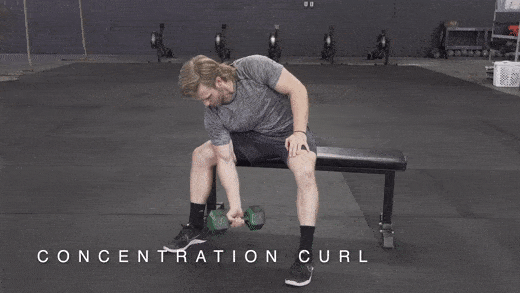
Here’s why it works so well: Your shoulders can’t jump in and steal the show when you’re doing concentration curls. It’s all biceps, all the time. But hey, don’t put all your eggs in one basket. Mix things up with some EZ-bar curls (your wrists will thank you) and cable curls. Those cable curls keep your muscles under tension the whole time – think of it like making your biceps plank for reps. They light up about 81% of your bicep muscle.
And if you’re more of a “my body is my gym” person, I’ve got good news. Chin-ups aren’t just for showing off at the park – they’re bicep dynamite, matching those cable curls with 80% activation. Just remember: form beats ego every time. Take it slow, feel every rep, and focus on your biceps doing the work. Your arms will be telling you all about it tomorrow.
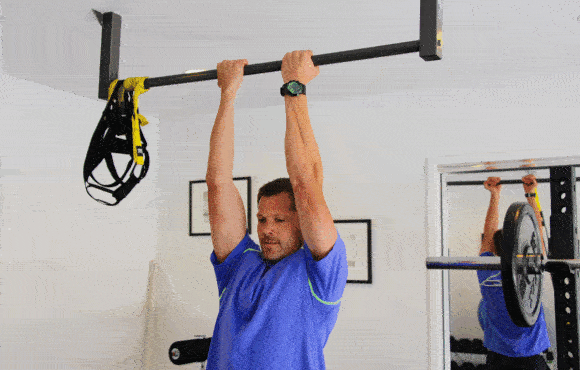
Triceps
Let’s talk about the most underappreciated muscles in your arms – your triceps. Do you know how biceps get all the glory? Well, those three-headed powerhouses on the back of your arms quietly do most of the work in your daily life. Every time you push a shopping cart, prop yourself up in bed, or shove open a heavy door, you can thank your triceps.
Here’s something wild – you’re using your triceps right now. If you’re sitting at a desk, they’re helping you stay propped up. Typing? Triceps. Pushing your hair back? It’s Triceps again. These muscles are like that reliable friend who’s always there when you need them but never brags about it.

Diamond push-ups – where your hands make a triangle shape under your chest – are absolute triceps torchers. They beat out almost every other exercise for muscle activation. And those overhead cable extensions you might see people doing at the gym? They’re golden for muscle growth because they stretch the triceps just the right way.
Want to get seriously strong? The close-grip bench press is your best friend. It hits all three heads of the triceps while letting you push some serious weight. And don’t sleep on good old-fashioned dips and triceps kickbacks – when you do them right, they’re just as effective as those fancy overhead movements.
But here’s the secret: mixing things up is the way to go. It’s like a playlist – you don’t want to listen to the same song on repeat. Your triceps respond best when you throw different exercises at them, hitting them from all angles. After all, these unsung heroes deserve a little variety in their workout routine.

Exercising Specific Muscle Groups – Forearms
Let’s talk about those unsung heroes of your arms – your forearms. You know, the ones that make everything from crushing your PR deadlift to winning the eternal battle with pickle jars possible. While everyone’s busy showing off their biceps (looking at you, curl bros), the secret to impressive arms has been hiding in plain sight.
Here’s the deal: building muscular forearms isn’t rocket science, but it does take some know-how. Think of it like a three-piece puzzle – you have significant compound movements, some isolation work, and good old-fashioned grip training.

First up, those compound exercises. Every time you do deadlifts or pull-ups, your forearms are working overtime. But do you want them to pop? That’s where wrist curls and reverse curls come in. They’re like spotlight moments for your forearms – no sharing the stage with other muscles.
Let me introduce you to your new best friend: the farmer’s walk. It’s as simple as picking up heavy stuff and walking around. Sounds boring? Maybe. But it works like magic. Your forearms will be screaming (in a good way), and you’ll develop a grip firm enough to make Thor jealous.

Want to level up? Try the Zottman curl – like the Swiss Army knife of arm exercises. What looks like an innocent bicep curl turns into a forearm-blasting party on the way down. Trust me, your arms won’t know what hit them.
Before you go all forearm-crazy, just one thing: these muscles need their beauty sleep, too. I know you’re excited, but hammering them is like trying to charge your phone while still using it—not super practical. Give them a solid 48 hours between workouts, and they’ll thank you with some serious gains.
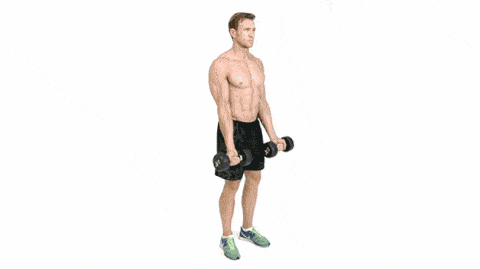
Wrist
Ever notice how your wrists are like those reliable friends who never ask for attention — until something’s wrong? These unsung heroes of your body are pulling off some pretty impressive moves all day, and it’s time we showed them some love.
Here’s the cool part: you don’t need fancy equipment or hours at the gym to keep your wrists happy. Just a few minutes of the right moves can work wonders. Think about it — these little joints are behind everything from your morning coffee pour to your midnight scrolling sessions.
Want to give your wrists the VIP treatment they deserve? Start with something simple: pretend you’re a DJ and make some circles with your hands. (Bonus points if you make turntable sounds in your head.) Next up is what the pros call the prayer stretch, but I think it is the “namaste all day” move. Put your palms together like you’re about to make a wish, then slowly lower them while pressing them together. Your wrists will thank you for this one.
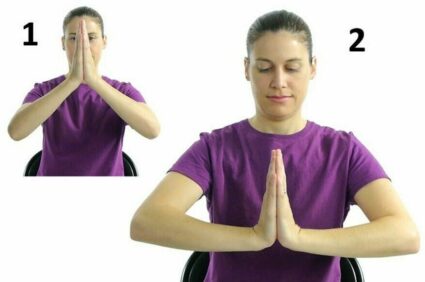
Ready to level up? Grab a lightweight — nothing crazy, we’re not training for the Olympics here — and try some wrist flexions. It’s like giving your hand a tiny high-five to the sky, then waving to your toes. Keep your forearm steady while you do this; it’s all in the wrist, as they say.
Remember, you’re not trying to become a wrist warrior overnight. Small, consistent movements are your best bet for keeping those joints in tip-top shape. Think of it as essential maintenance for all those high-fives, fist bumps, and victory dances in your future. Your wrists have got your back (or should I say your hands?) — might as well return the favor.
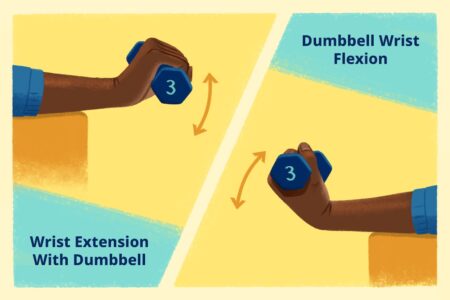
Exercising Specific Muscle Groups – Pectorals
Want bigger, stronger pecs? Let’s talk chest day.
First up is everyone’s favorite (or most dreaded) exercise – the barbell bench press. It’s called the “king of chest exercises” for nothing. It hits your entire chest in one powerful movement, perfect for building size and strength. If you’re doing it right, you’ll feel like a champion or at least like you’re on your way to becoming one.

Many people overlook the fact that their upper chest needs special attention. That’s where the incline bench press comes in. Think of it as the bench press’s sophisticated cousin—the same family, different angle, impressive results for those upper pecs.
Now, let’s talk about the most underrated chest exercise of all time: the humble push-up. No fancy gym membership is required—just you and the floor. And trust me, push-ups are anything but basic. They’re like a full-body hug for your fitness routine, working your chest while adding core stability as a bonus.
Want to spice up your chest routine? Try dumbbell flies or cable crossovers. These exercises are like the finishing touches on a masterpiece, helping you achieve the chest definition you want. Plus, they keep things interesting when you’re tired of the same old routine.
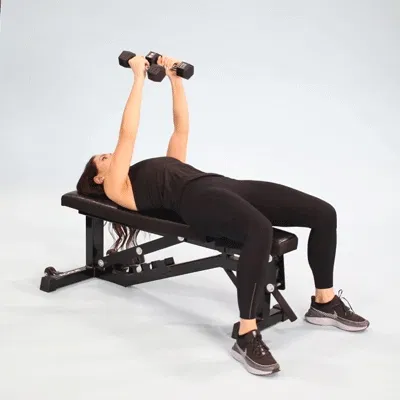
Exercising Specific Muscle Groups – Delts
Let’s talk shoulders – those impressive muscles that can make you look like a Greek statue or a slouching desk warrior, depending on how you treat them.
Here’s the cool part: your shoulders aren’t just one muscle; they’re three. And just like a three-legged stool, you need all of them working together. But don’t worry, I’ll break this down into bite-sized pieces.
First, grab some dumbbells. They’re better than barbells for shoulders—it’s not just gym bro science; it’s real science. Those slightly wobbly dumbbells make your shoulders work harder to stay stable.
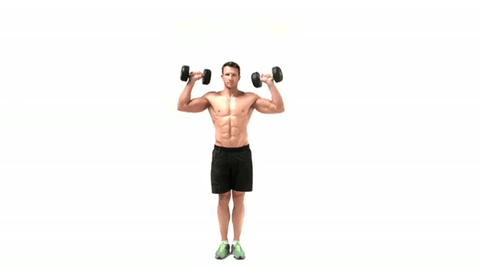
Want to build those front shoulders? The good old overhead press is still king. It’s like the deadlift of shoulder exercises – simple but incredibly effective. Just push those weights up like you’re trying to touch the ceiling.
Now, for those side shoulders that give you that superhero width, they are the ones that make your shirts fit weirdly (in a good way). The 45-degree incline row and lateral raises are your best friends here. With lateral raises, think about slowly pouring out two jugs of water. That’s the kind of control you want.
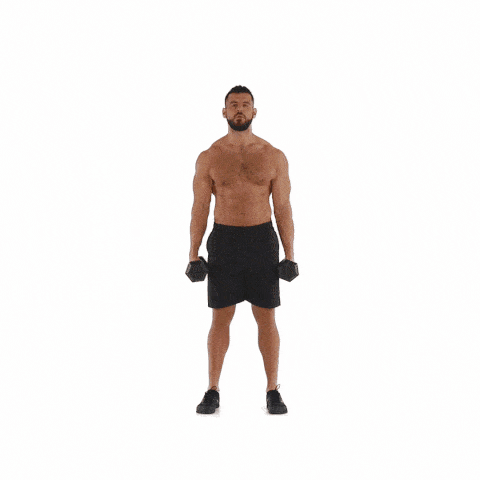
Oh, and please don’t forget about the back of your shoulders. Most people do, and then they look like they’re permanently hugging an invisible tree. Face pulls and bent-over raises will fix that right up. Think of it as giving your posture a fighting chance against all those hours of looking at your phone.
Remember: strong shoulders aren’t just about looking good – they’re your insurance policy against all sorts of aches and pains. Plus, they make carrying groceries way less dramatic.
Exercising Specific Muscle Groups – Core
Let’s talk about your core — and no, I won’t tell you to do a million crunches.
What if I told you that building solid core strength is way cooler (and simpler) than most Instagram fitness gurus would have you believe? The secret isn’t twisting yourself into a pretzel or buying fancy equipment. It’s all about smart, simple moves that work multiple muscles simultaneously.
Take the dead bug exercise, for instance. Yes, it looks just like it sounds — you’re lying on your back, waving your arms and legs like a beetle that’s had a rough day. But don’t let the silly name fool you. This move is pure gold for your core.
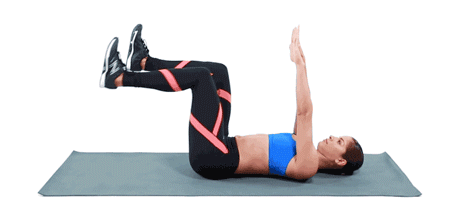
Then there’s the plank — the old reliable of core exercises. It’s like the Toyota Corolla of the fitness world: not flashy, but it gets the job done every time. But here’s where it gets interesting: add its cousin, the side plank, into the mix, and you’re suddenly working those sneaky side muscles (obliques) that most people forget about.
If you want to level up, try the hollow body hold. Gymnasts have been using this one forever, and they know a thing or two about core strength. Think of it as the plank’s more challenging older sibling.
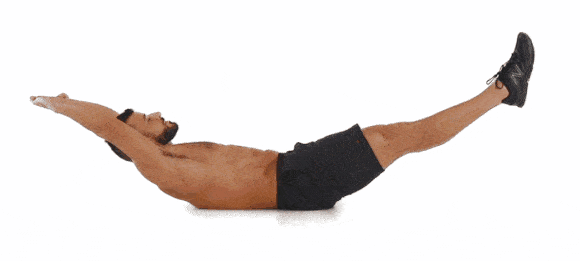
What makes these exercises so unique? They all create what fitness nerds call “tension under control.” In normal people’s speak, your core must work hard to keep your spine stable while resisting movement — precisely what your abs must do in real life, whether carrying groceries or chasing after your dog.
Exercising Specific Muscle Groups – Leg
Let’s talk about those tree trunks you call legs.
You know what’s wild? The muscles in your legs are absolute powerhouses – the strongest ones you’ve got. And when you train them right, you’re not just working toward beach-ready legs. You’re investing in how you’ll move, walk, and live for decades.
Now, if leg exercises were a high school cafeteria, the squat would be the popular kid everyone wants to hang out with. It’s the Swiss Army knife of leg workouts, hitting everything from your quads to your glutes in one go. But here’s the thing – and this is something most gym-goers miss – you can’t just be a one-trick pony.
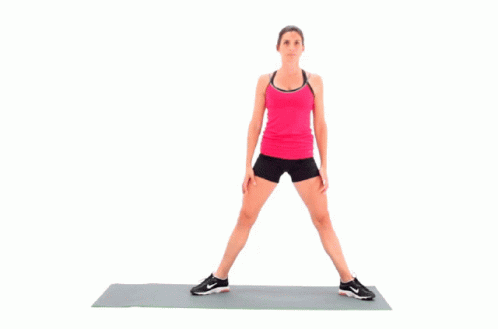
Think of building great legs like cooking a fantastic meal. Sure, you could eat chicken breast daily, but where’s the fun (or nutrition) in that? You need variety. Throw deadlifts for your posterior chain, mix in some lunges to work those stabilizer muscles, and show that leg press some love, too. Science backs this up – different exercises hit your muscles from various angles, like looking at a sculpture from all sides.
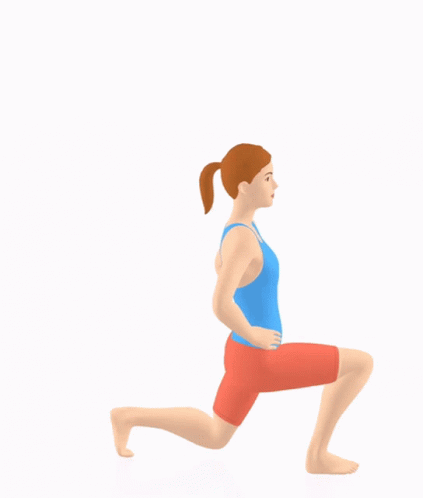
The best part? It isn’t just about looking good in shorts. When you train your legs this way, you buy insurance for your future self. Strong legs mean you’ll still be crushing it when your friends complain about their knees at 60.
Bottom line? Mix it up. Do your squats (yes, they’re still the king), but don’t forget about their equally essential cousins. Your future self will thank you – probably while sprinting up some stairs without breaking a sweat.
Exercising Specific Muscle Groups – Quad
Let’s talk about those quads of yours. You know, those muscles in the front of your thighs that do all the heavy lifting in your life — from hauling groceries up the stairs to powering through your workouts.
Everyone knows the back squat. It’s like the celebrity of leg exercises. But here’s something cool: other moves work even better. Take the Bulgarian split squat. Yeah, it looks scary (picture trying to make a lunge with your back foot up on a bench), but once you get the hang of it, it’s pure magic for your quads.

Want to know a secret? The front-rack squat is the quad champion. It’s like the back squat’s cooler cousin, forcing you to keep perfect form — no cheating allowed. Your quads will let you know they’re working the next day.
Here’s the interesting part: Scientists found that how deep you go matters more than how much weight you lift. Think about it like stretching a rubber band—the more you stretch it, the more power it has when it snaps back. Your quads work the same way.
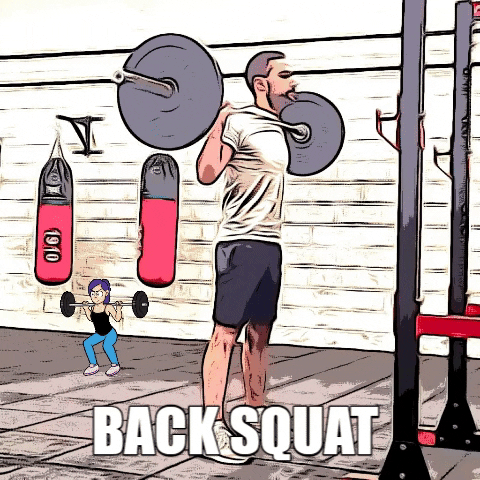
To get those sculpted legs, you’re after (including that nice teardrop shape above your knee), mix it up. Do big moves like squats and split squats, but don’t forget simple leg extensions. Each exercise hits your quad muscles differently, like attacking a problem from all angles. Your quads comprise four different muscles — you might as well give them all some attention!
Exercising Specific Muscle Groups – Glutes
Let’s talk about your glutes – those powerhouse muscles you’re probably not showing enough love to.
Here’s something wild: scientists recently discovered that the simple step-up (like climbing stairs) is the king of all glute exercises. Who would’ve thought? It beats out all those Instagram-famous moves when it comes to waking up your backside.
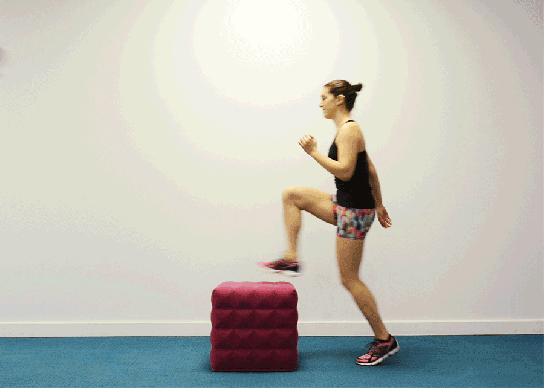
But hold on – don’t ditch those tried-and-true exercises just yet. Hip thrusts, deadlifts, and squats are still absolute rockstars for building a stronger behind. Think of your glutes like a three-piece band: you’ve got the maximus (the lead singer), the medius (the rhythm section), and the minimus (the bass player). Each one plays a crucial role in keeping your body moving smoothly.
Want to build the perfect glute workout? Think of it like cooking up your favorite meal:
- Start with step-ups as your appetizer (your glutes will feel these)
- Move on to hip thrusts for your main course (keep that tension going!)
- Finish with either squats or deadlifts for dessert (because who doesn’t love a sweet finish?)
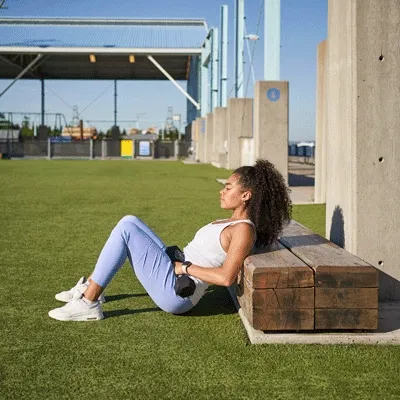
Here’s the real game-changer, though: it’s not just about going through the motions. You need to feel your glutes working during each exercise. Do you know that mind-muscle connection everyone talks about? It’s legit. If your lower back or thighs are doing all the work, it’s like trying to play piano with mittens on – you’re missing the whole point!
Remember, your glutes aren’t just there to fill out your jeans. They’re crucial for everything from climbing stairs to keeping your back healthy. So give them the attention they deserve, and they’ll pay you back with interest.
Exercising Specific Muscle Groups – Hamstrings
Let’s talk about your hamstrings – those muscles you probably only think about when they scream at you after a workout.
If you’re like most people, your hamstring routine consists of touching your toes for five seconds before a run and calling it a day. (Spoiler alert: your hamstrings are not impressed.)
Want to know what works? The Romanian deadlift is your new best friend. It’s like the Swiss Army knife of hamstring exercises – you get a nice stretch at the bottom and a solid squeeze at the top. Pretty efficient, right?
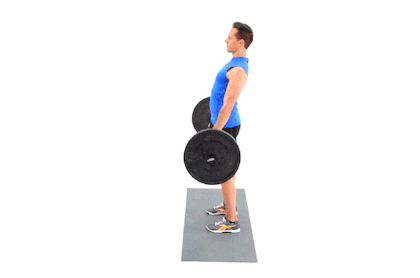
But wait—this move, the Nordic hamstring exercise, is brutal (in a good way). Scientists love it because it’s like giving your hamstrings a suit of armor against injuries. Fair warning: the first time you try it, you might wonder if your hamstrings have gone on strike.
Here’s something cool: Kettlebell swings and single-leg Romanian deadlifts are secretly excellent at waking up these muscles. Think of them as your hamstrings’ coffee shot—they’ll get things firing.
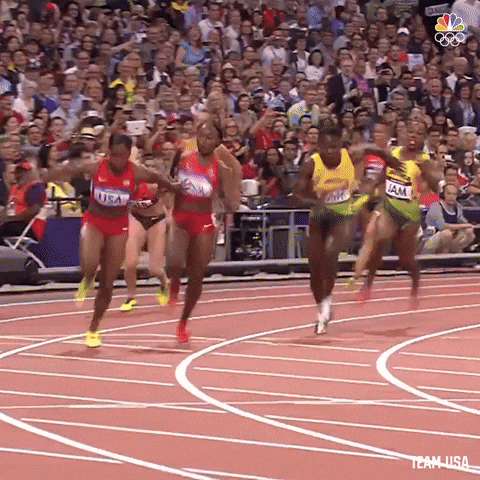
And here’s my favorite part – sprinting might be the best hamstring exercise you’re not doing. Nothing in the gym quite matches the natural power of a full-out sprint. It’s like your hamstrings were built for this (because, well, they were).
The secret sauce? Mix these moves. Your hamstrings are like that friend who gets bored doing the same thing every day – they need variety to thrive. Give them a combination of these exercises, and they’ll reward you with strength and flexibility. Trust me, your future self will thank you.
Calves
Let’s talk about those stubborn calves of yours. Trust me, I feel your pain – most gym-goers have stood in front of the mirror wondering why these muscles won’t grow.
But here’s some good news: scientists have finally figured out what makes these bad boys tick. And it’s simpler than you might think.
First up, ditch those seated calf raises. Standing ones are your new best friend. Why? Because they work your calves the way nature intended. Here’s a game-changer that most people miss: do them while standing on the edge of a step. This longer stretch is pure magic for muscle growth.

Your calves are a dynamic duo. There’s the gastrocnemius (that heart-shaped muscle you can see – fancy name, I know) and its shy friend, the soleus, hiding underneath. To get both of them in on the action, mix it up with straight-leg and bent-knee exercises.
Want to make things interesting? Don’t just stick to boring old calf raises. Throw in some jump rope sessions or plyometric hops. Your calves will thank you for the variety – well, maybe not immediately, but eventually.

Now, let’s talk numbers. The lab coats have crunched the data, and 12 sets per week hit the muscle-building sweet spot. Sounds like a lot? Remember, these little powerhouses help you walk, run, and jump all day. They’re tough cookies that can handle (and honestly need) frequent training to grow.
Think of your calves as friends who can party all night and still show up fresh for work the next day. They recover quickly and are always ready for more, so don’t be shy about working with them often.
Exercising Specific Muscle Groups – Back
Why did your grandparents always tell you to “stand up straight”? Turns out, they were onto something. Your back is your body’s superhero – it’s doing all the heavy lifting (pun intended) while your abs get all the glory.
Here’s the thing about back strength: it’s not just for gym bros looking to build that V-shaped torso. It’s about picking up your kids without wincing, carrying groceries like a champ, and maybe even showing off at the beach.

Want the secret to an ironclad back? Meet your new best friend: the bent-over row. This exercise is like hitting the jackpot – it simultaneously works three of your five major back muscles. That’s some serious bang for your buck.
But don’t put all your eggs in one basket. Think of the deadlift as your back’s best backup dancer. They don’t call it the “king of exercises” for nothing – it works everything from your neck to your calves. And if you’re thinking, “That sounds intense,” don’t worry. Even throwing some yoga or Pilates into the mix can make a difference.

Here’s the real deal: you don’t need to kill yourself in the gym. Just show up for your back 2-3 times a week. Mix those power moves with gentle stretching, and you’ll be standing taller, feeling more muscular, and maybe even an inch or two higher (okay, perhaps not really, but you’ll feel like it).
Your future self will thank you – trust me. No more groaning when you bend down to tie your shoes or awkward twisting to check your blind spot while driving. Just smooth, firm, pain-free movement. Now, that’s something worth working for.
Exercising Specific Muscle Groups – Traps
Ever wonder why some gym bros are obsessed with their traps? These aren’t just the muscles that make you look like you’re permanently shrugging — they’re fascinating.
Think of your traps like a triple-decker sandwich. You’ve got your upper, middle, and lower traps, and each layer needs special attention. Most people only focus on the upper traps, but there’s so much more to the story.
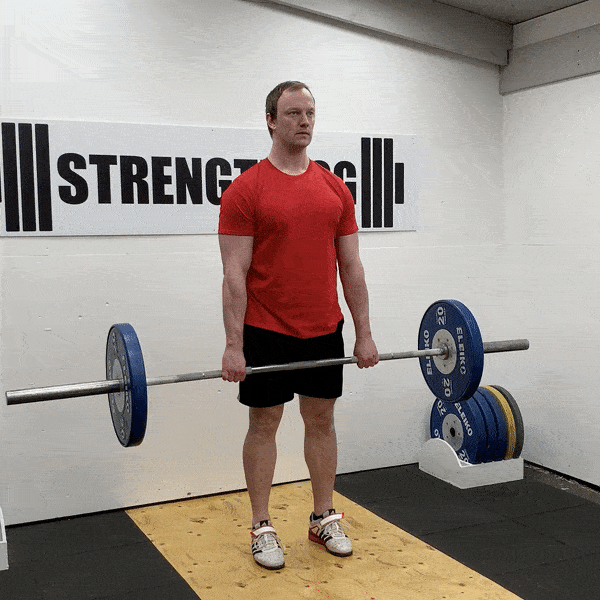
Want those impressive upper traps? The tried-and-true combo of deadlifts and barbell shrugs will get you there. But here’s where it gets interesting — your middle and lower traps are like the forgotten middle children of muscle groups and are secretly super important.
You’ll want to buddy up with bent-over rows, and face pulls for those middle traps. And the lower traps? Meet your new best friend: the prone cobra. (Don’t worry; no actual cobras are involved. Just lie on your stomach and lift your chest while pulling your shoulders back. Way less scary than it sounds.)
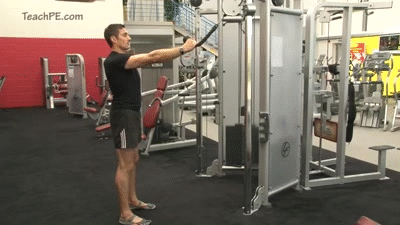
Here’s the thing: building impressive traps is like constructing a house. You wouldn’t just make a fancy roof and call it a day. It’s the same deal here. Hit all these exercises twice a week, and you’ll be on your way to building traps that look good and work great, too.
And hey, as a bonus, people at the gym might ask you for trap advice instead of the other way around. Win-win!
Exercising Specific Muscle Groups – Lats
Let’s talk about your lats—those incredible, wing-like muscles that wrap around your back. They love pulling movements that mimic what they naturally do. Pull and chin-ups are your best friends if you aim for that wide-back look. They light up those muscles like nobody’s business. Cannot do pull-ups yet? No stress! The lat pulldown is a fantastic alternative. Just ensure you get a full stretch at the top and squeeze those lats at the bottom.
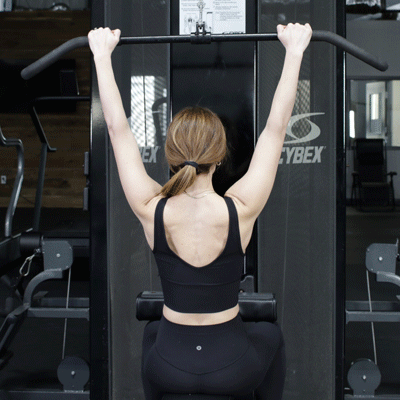
Would you prefer to work with free weights? The bent-over row is a classic. It’s super effective for building lats, mainly if you stick to good form and avoid swinging the weights around. Remember, the secret to any excellent lat workout is more than just moving the weights. It’s about feeling the connection with your muscles. Try to pull with your elbows, and imagine tucking them into your back pockets with each rep. Feel the burn!
Final Thoughts on Exercising Specific Muscle Groups: A Targeted Approach to Fitness
You’re in the right place if you want to transform your body without spending hours at the gym.
Just 30-45 minutes of strength training thrice a week can completely change your body and health. Think of it as a small investment with massive returns: You’ll build lean muscle, torch calories even when you’re not working out, and kick your metabolism into high gear.
Most people don’t know that strength training goes way beyond building muscle. It’s like a wonder drug for your body. Your bones get stronger, your joints more stable, and your everyday movements become effortless. Plus, your posture and balance improve, and your mood gets a serious boost.
The best part? You don’t need fancy equipment or a gym membership. Your body weight is a perfect starting point, and if you want to level up, a few resistance bands or dumbbells won’t break the bank. You can do everything in your living room, on your schedule, and wear whatever you want.
Starting is simple, but staying safe is crucial. If you have any health issues or injuries, check with your doctor or a certified trainer first. They can help you modify exercises to match your needs and keep you injury-free.
Got questions about specific exercises? I’m here to help. Just hit the contact button at the top of the page, and I’ll guide you through it. While there are hundreds of exercises out there (seriously, the options are endless), we can work together to find the ones that work best for you.
Remember: every fitness journey starts with a single rep. Why not make today your day one?
Important Safety Note:
As with any new exercise program or equipment, it’s essential to consult your physician to ensure the equipment is safe for you to use. It is especially crucial if you have any medical or physical conditions impacting your ability to exercise properly or putting your health at risk. Additionally, if you’re taking medication that affects your heart rate, blood pressure, or cholesterol level, your doctor’s advice is vital to create a workout plan that suits your needs.
Share Your Thoughts and Questions
I hope this in-depth guide for Exercising Specific Muscle Groups was helpful and informative. I encourage you to share your thoughts and questions on the topic. Have you tried any of the exercises before or have experience with similar ones? Your insights can help others make an informed decision. Additionally, I welcome any feedback about my website and suggestions for future content. Your input is invaluable in creating a supportive and informative community.
I look forward to hearing from you and continuing the conversation!
Disclaimer: I am not a personal trainer or a healthcare professional. The exercises I share are what work best for me and might not be the correct type of exercise for you. I recommend consulting a doctor or health professional before changing your diet and fitness routine.
You May Also Like
Fitness Goals: A Slow and Steady Approach for Lasting Results
How to Keep Fit After Forty: Embrace the New Normal
Keeping Your Body Fit and Healthy: The Transformation You Need